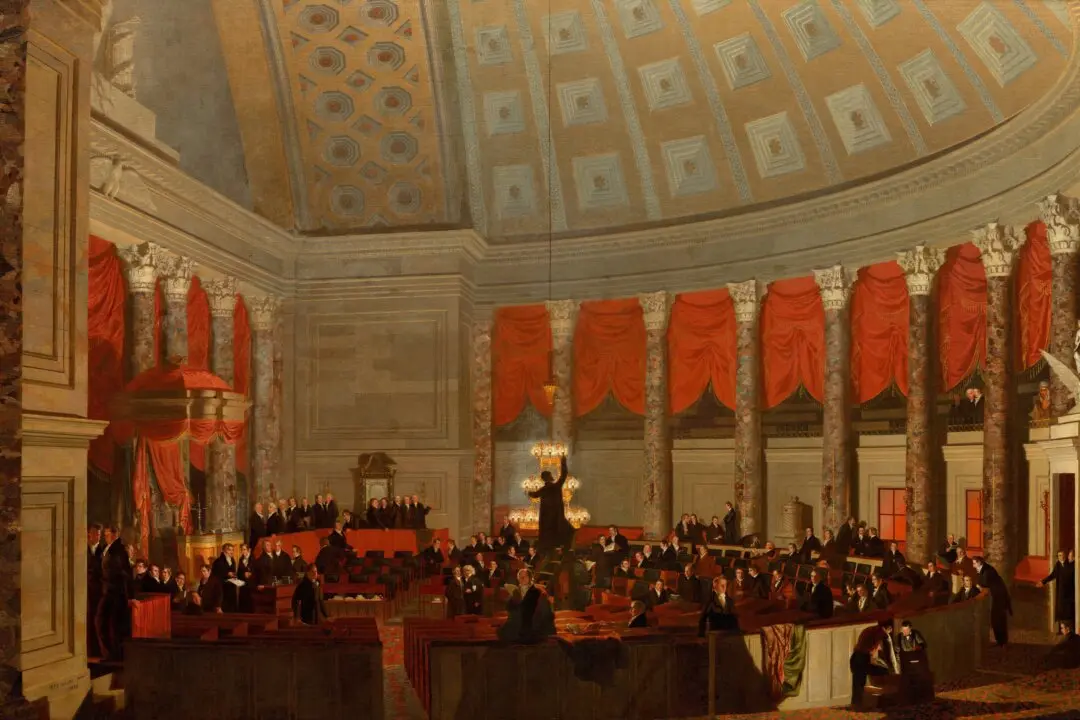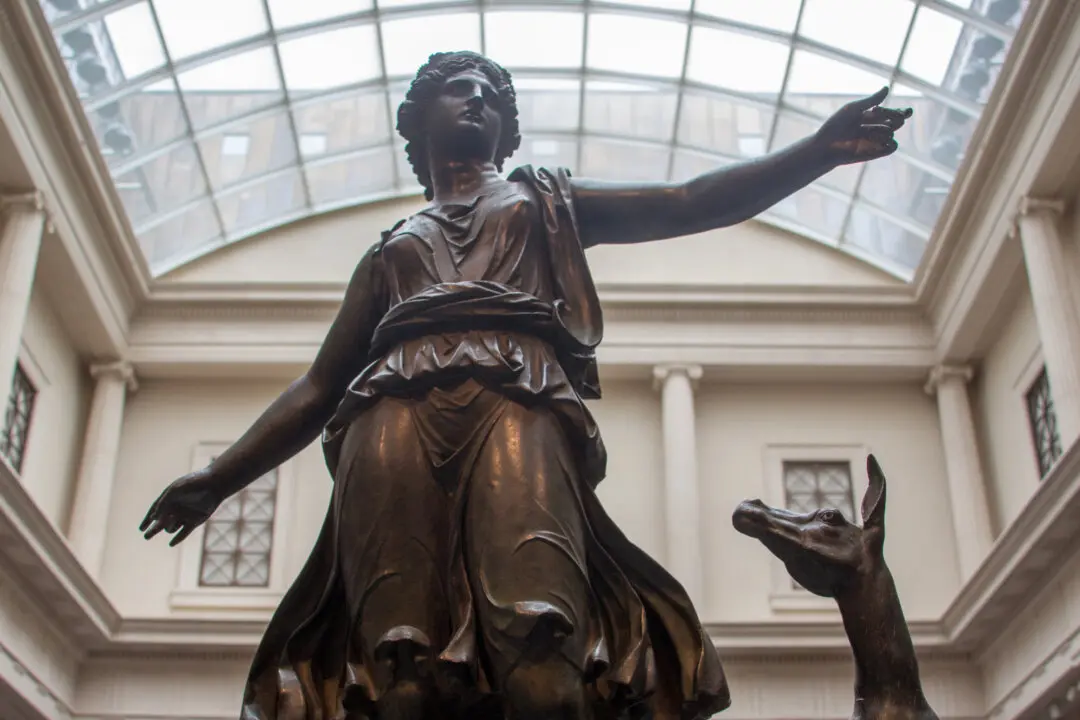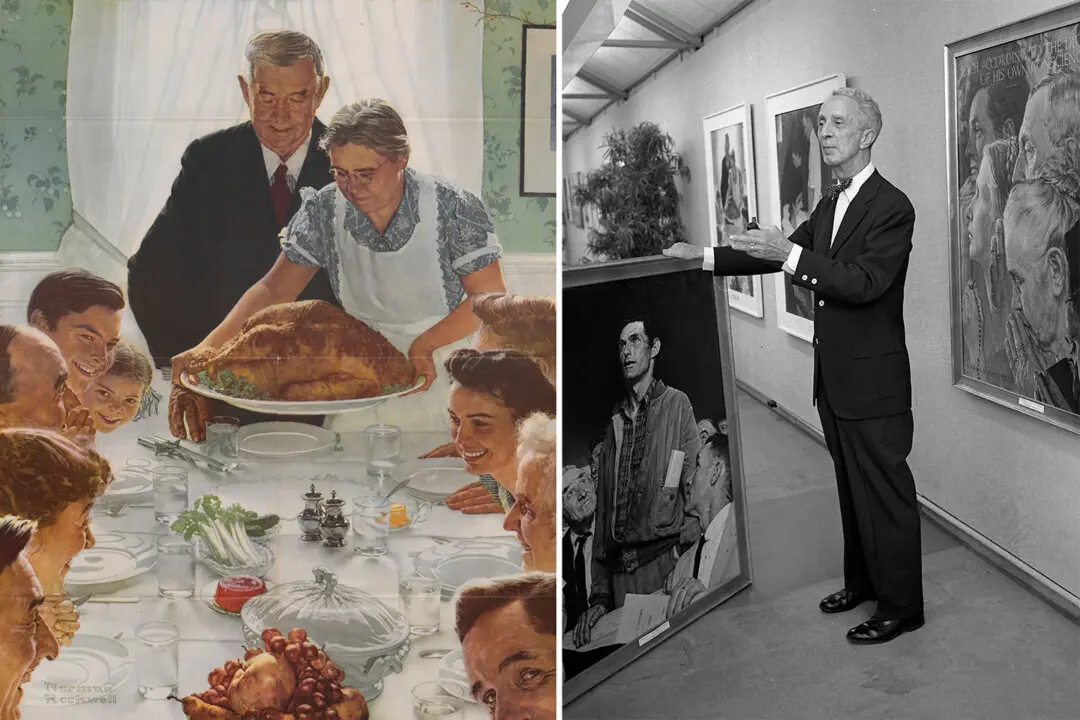Many great artists throughout history died young, yet left an indelible mark. The early 19th-century artist Richard Parkes Bonington (1802–1828) is an important case in point. A few weeks shy of his 26th birthday, he passed away from tuberculosis. His entire artistic output spanned roughly 10 years, and only the second half of that tenure included oil painting. Despite this, Bonington is considered one of the most significant artists of his generation, impacting the Romantic movement in France and Britain.
Bonington worked in diverse media—watercolor, print, drawing, and painting—and genres—landscape, seascape, history, and literature. Outside Britain, the largest institutional collection of his paintings outside is held by the Yale Center for British Art (YCBA). The museum was founded by banking scion Paul Mellon, whose mid-century British art collecting revived scholarly interest in the field.





